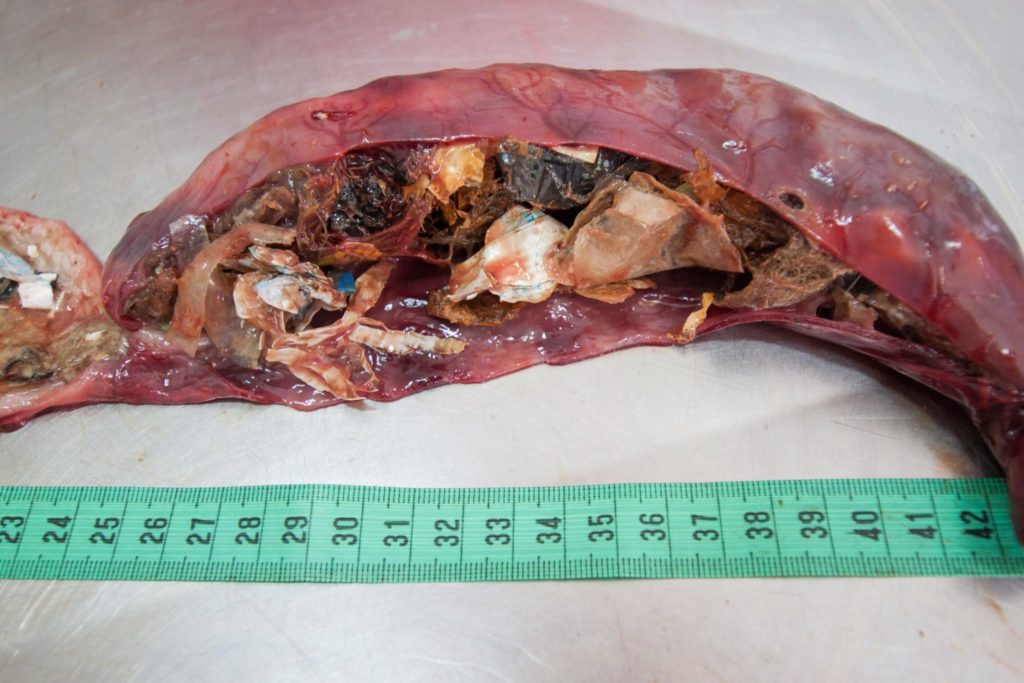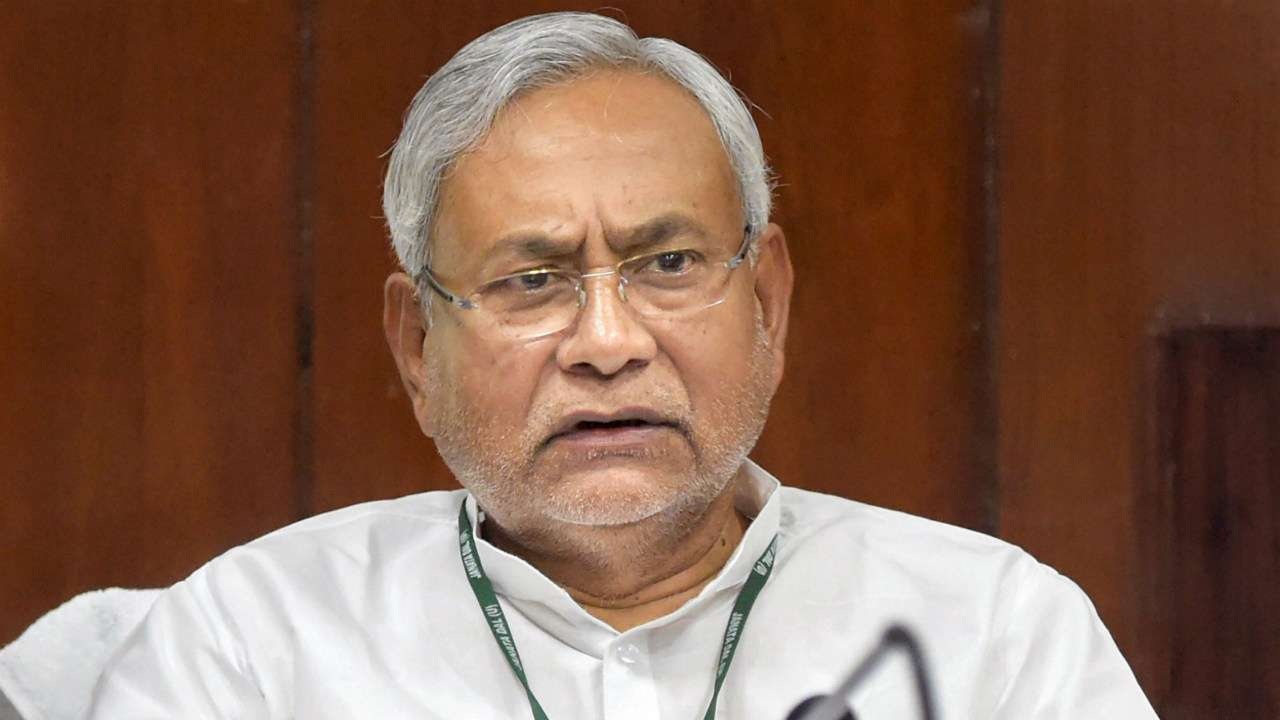All through human history immense distress has been caused by the urge for dominance in various relationships, whether it is the relationships among various human beings or their groups, or the relations of humanity with other life-forms and with nature. Such relationships of dominance have persisted or taken new forms, sometimes for the worse, in more recent times.
These relationships still continue to be manifested in injustice, exploitation, violence, war, wounded social life and ecological ruin, causing a lot of distress and establishing continuity with previous phases of human history. Hence the previous challenge of reducing, checking and replacing the relationship of dominance in various walks of life and replacing this with relationships of cooperation and co-existence continues to remain with us.
Along with this continuity, however, in one crucial aspect our times have one entirely new challenge which was not present in earlier periods. The challenge is to save the most basic life-nurturing conditions of our planet.
At no other time in human history the basic life-nurturing conditions of the entire planet were threatened by human-made factors. This has happened for the first time in our times. Due to limited ecological ruin such as deforestation, soil-erosion and waterlogging or floods-human habitations spread over relatively smaller areas were threatened even earlier but the scale of the threat (or actual harm) was relatively much smaller. It is for the first time that at a global level, the life-nurturing, life-enabling conditions of planet-earth are threatened by human-made factors.

This threat is caused by a number of fast accumulating problems including accumulation of weapons of mass destruction, increasing possibilities of their actual use and about a dozen or so environmental problems led by climate change (including fresh water crisis, species loss, increased exposure to several serious risks and hazards). While it is common to examine these problems and risks separately in practical life, the combined impact of various risks is often faced together; these various risks and problems are of course closely related to each other in several ways.
Another distinct and alarming feature of our times is that some of these life-threatening problems and risks come with tipping points beyond which these problems may increasingly be beyond human control. For increase, increase of greenhouse gas emission beyond certain tipping points can result in out-of-control changes in life-sustaining conditions.
The emergence of very serious threats with the destructive potential of seriously disrupting life-nurturing conditions of planet earth is the most defining feature of the 21st century. These problems and risks cannot be allowed to fester for too long, all the more so because of existence of tipping points, and the fact that WMDs can be unleashed within a matter of seconds, and even due to accidental factors.
Such high-risk situation cannot be allowed to remain too long. Decisions should be taken urgently and quickly so that the high-risk situations (such as the deployment of WMDs and the possibility of certain tipping points being crossed) can be avoided. Already the resolving of such critical life-threatening issues has been delayed for too long. There should be no further delay. Humanity should be focused more than even before on resolving these high risk issues.
At the same time, we should not forget the age-old problem of massive distress arising from relations of dominance. In many ways these relations of dominance also contribute to accentuating the new risks which threaten the life-nurturing conditions of our planet.
Hence the two tasks of resolving the new life-endangering risks and replacing the relation of dominance with relations of cooperation should work in sync together, one contributing to the other.
Another way of stating this is to say that the solutions for life-threatening risks should be found within the framework of increasing human cooperation, peace, justice, democracy and ecological protection.









